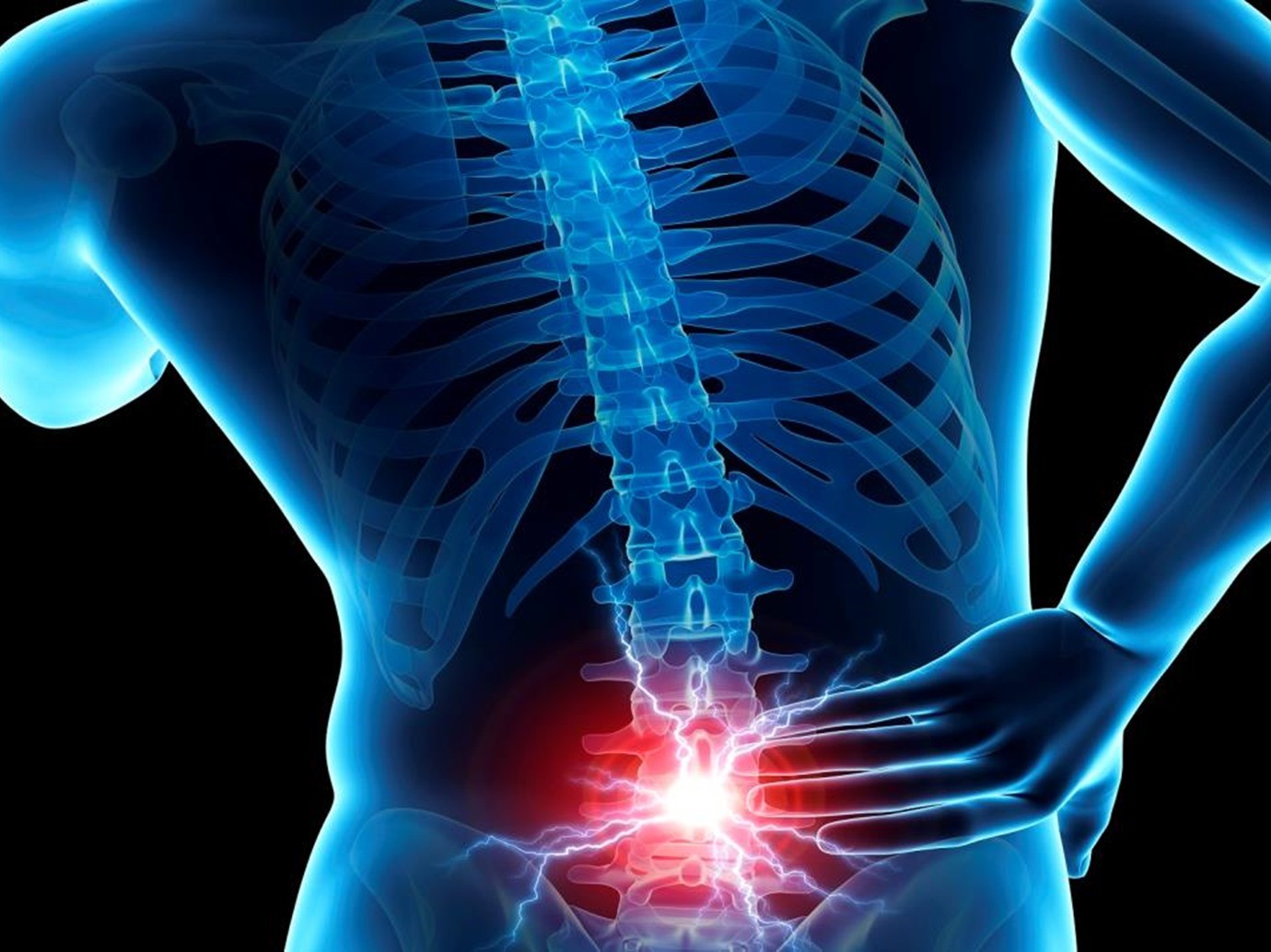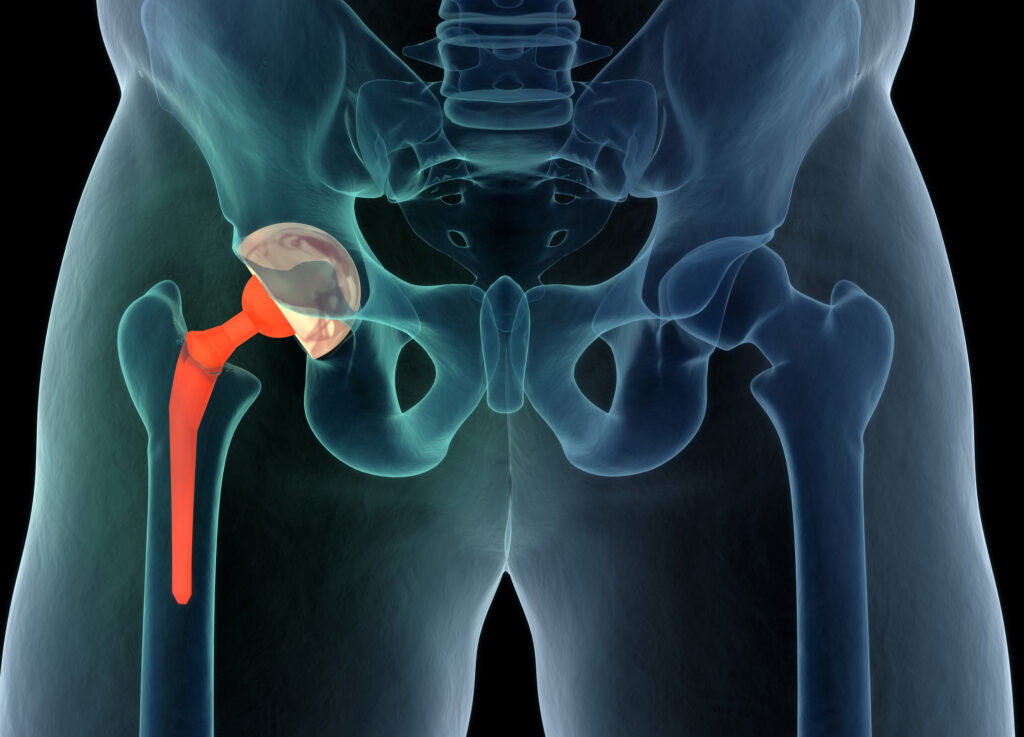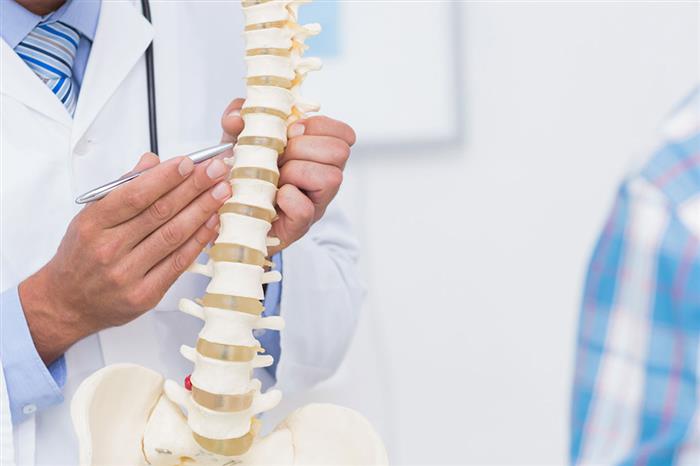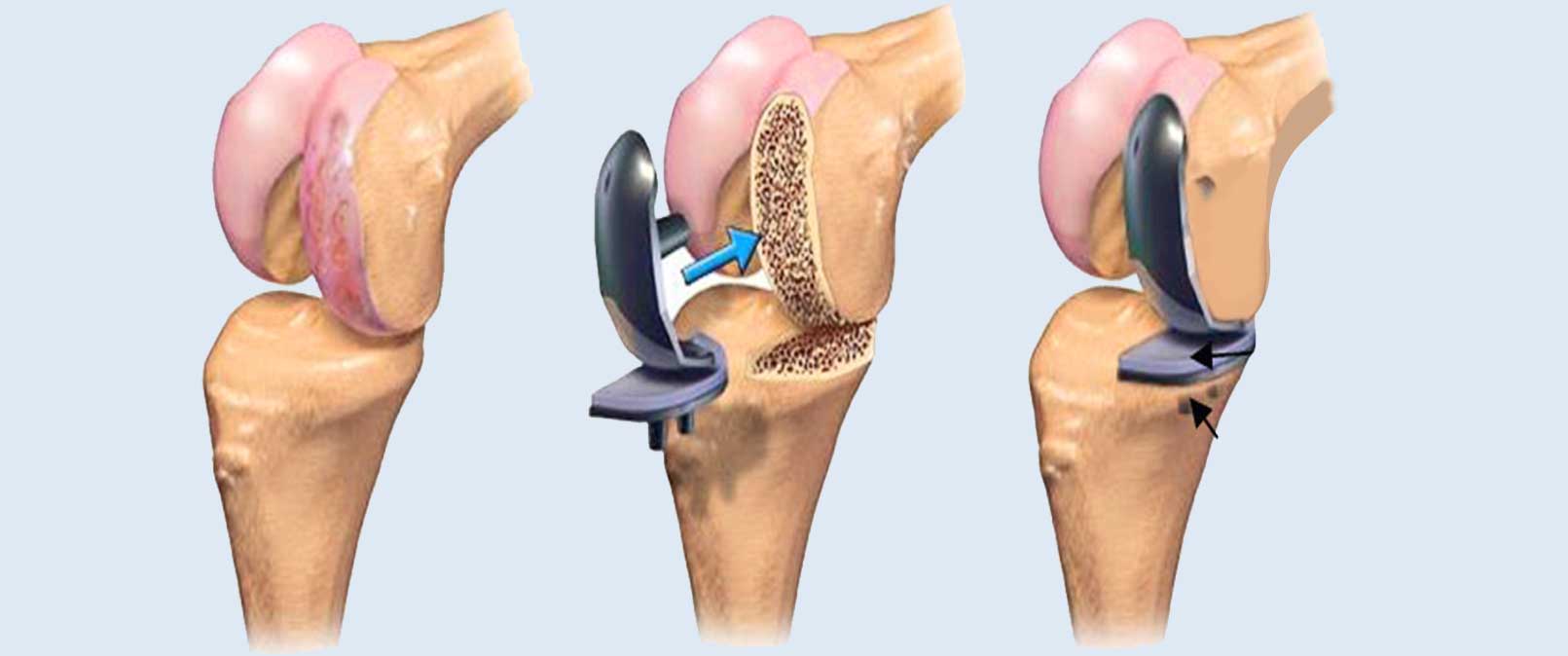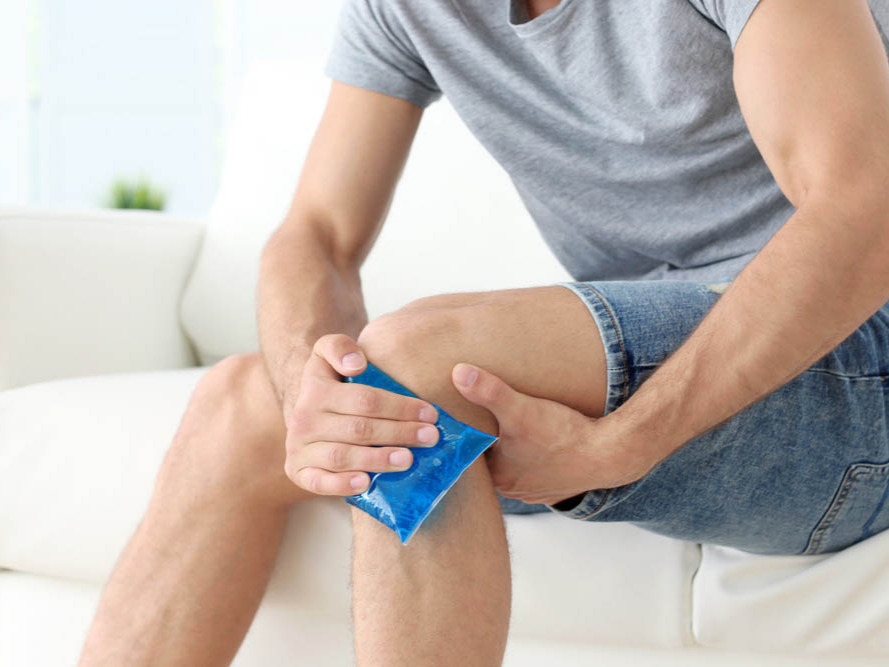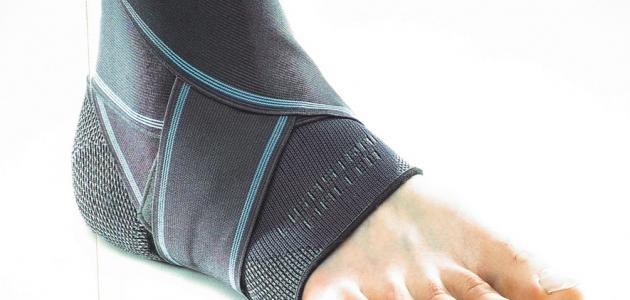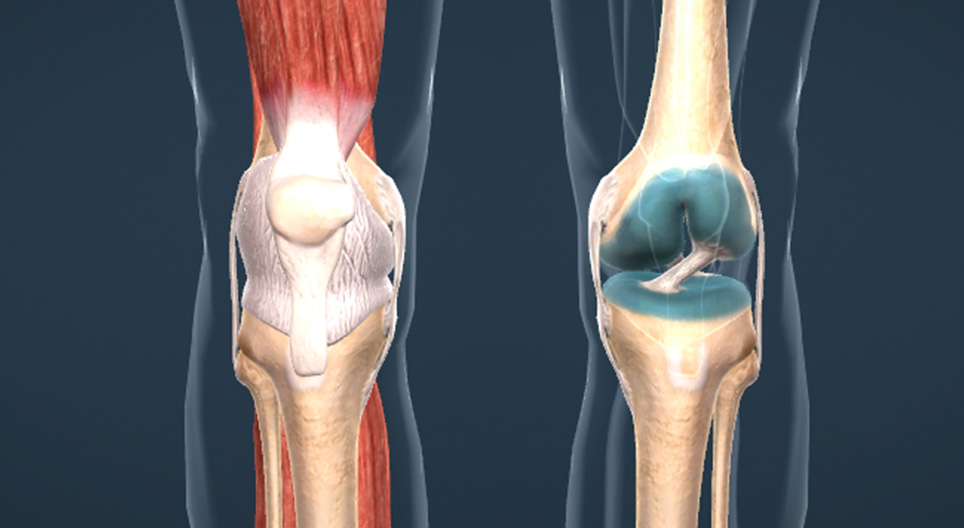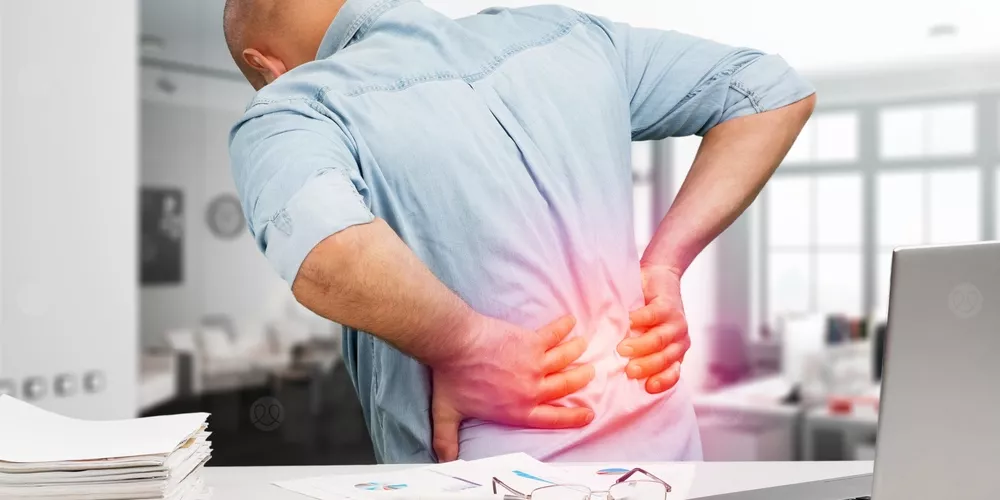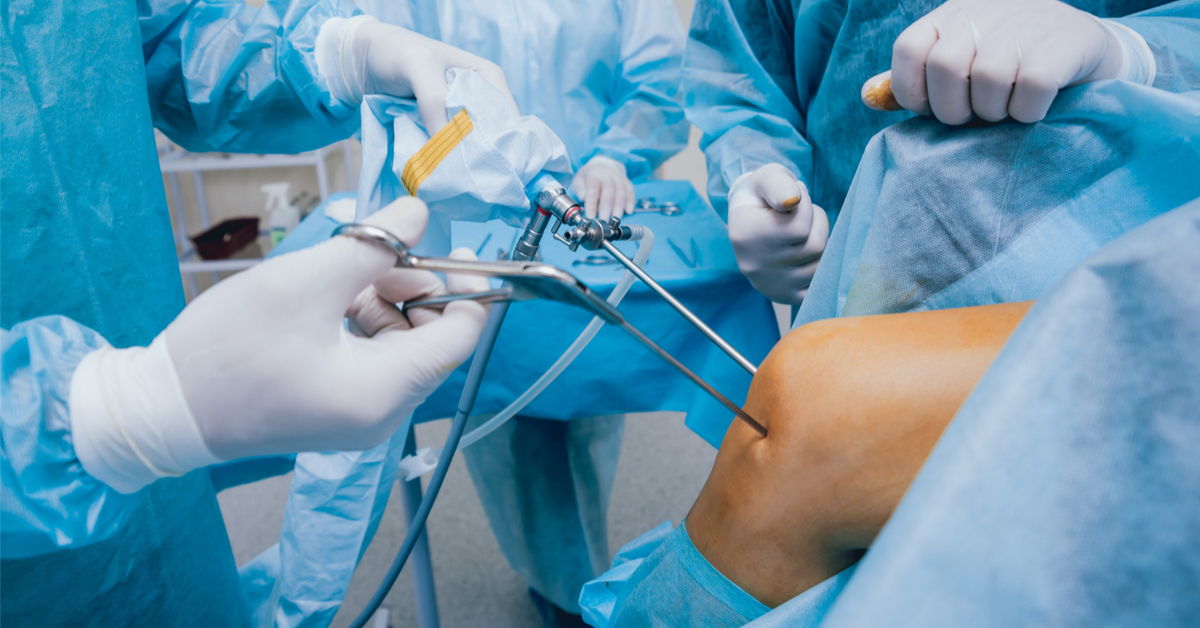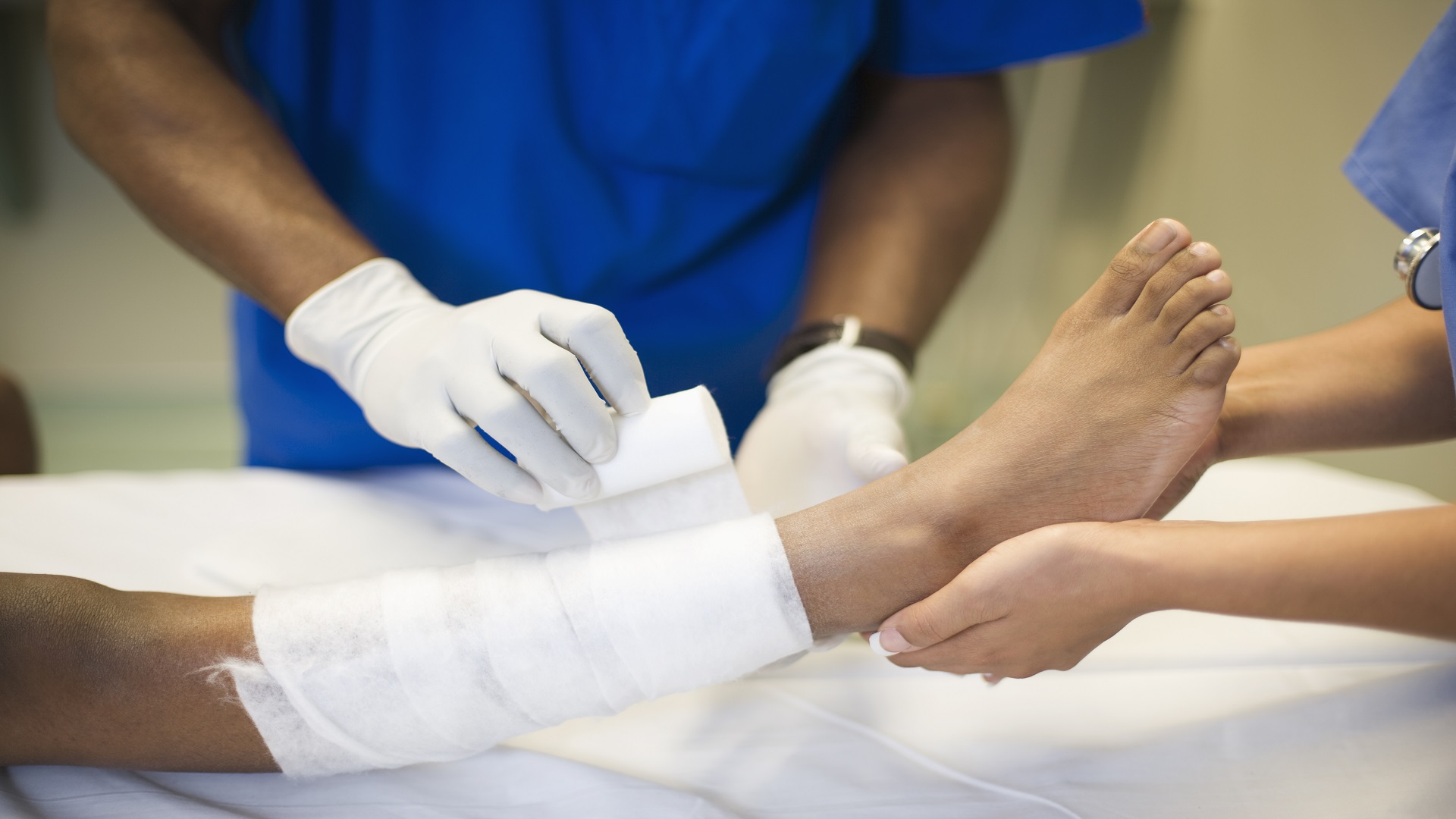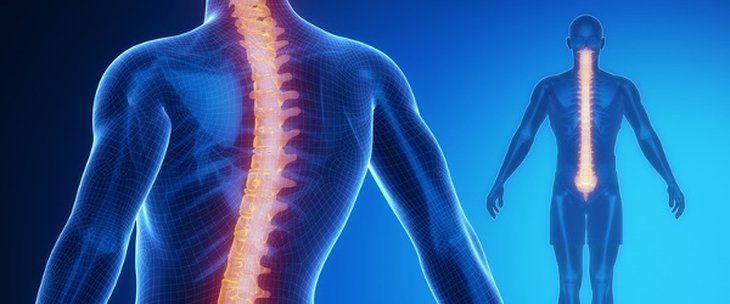Learn more about injections for back pain and what are the possible risks and side effects?
Back Pain Injections
Back pain can be one of the most distressing issues affecting many people. In some cases, back pain does not respond to simple home remedies, and the necessary medical intervention may involve back pain injections.
In this article, we will shed light on injections as a means to alleviate back pain and improve patients’ quality of life.
What Are Back Pain Injections?
Back pain injections are a medical procedure used to relieve acute or chronic pain in the back area. A solution or anesthetic medication is directly injected into the area surrounding the nerves responsible for the pain. This medication works to reduce pain and alleviate inflammation, contributing to the overall improvement of the patient’s condition.
Benefits of Back Pain Injections
Rapid Relief: Back pain injections are an effective way to quickly and efficiently reduce pain. Once the injection is administered, the patient experiences significant pain relief and overall improvement in their condition.
Improved Mobility: By reducing pain, patients can perform movements and activities that were previously impossible due to severe pain.
Enhanced Overall Quality of Life: Pain relief helps improve the quality of life for patients, making them more capable of performing daily activities without constant pain.
In Which Conditions Are Back Pain Injections Used?
Back pain injections are used in various conditions, including:
- Disc Herniation: When a spinal disc herniates, back pain injections can be used to reduce pain and swelling.
- Facet Joint Inflammation: In cases of joint inflammation, injections can be used to alleviate pain and improve the patient’s condition.
- Nerve Compression: In cases of spinal canal narrowing or nerve compression causing back pain.
How Are Back Pain Injections Administered?
Back pain injections are typically administered in a doctor’s office or a medical facility equipped for the procedure. The procedure usually involves the following steps:
- Cleaning the Area: The skin near the injection site is cleaned using antiseptics.
- Local Anesthesia: Local anesthesia or anesthesia causing temporary numbness is used to numb the area to be injected.
- Precise Insertion: After cleaning and numbing the area, a thin needle is inserted into the specific site for the injection.
- Medication Injection: After inserting the needle, the medication intended to relieve pain is injected into the targeted area in the back.
What Are the Risks and Side Effects of Back Pain Injections?
Some risks and side effects may be encountered when undergoing back pain injections, including:
- Infection: Infection at the injection site can occur, although it is rare and can be avoided by following proper hygiene procedures.
- Nerve Irritation: Irritation or injury to nearby nerves may occur due to the needle or the injection of the medication.
- Allergic Reaction: This is a rare problem and includes symptoms such as skin rash, itching, or difficulty breathing.
Consulting a Doctor About Using Back Pain Injections
Before deciding to undergo back pain injections, it is important to consult a specialist doctor. Individuals with certain medical conditions or those taking specific medications should inform the doctor. The doctor may also suggest other alternative options that may be more suitable for the patient’s condition.
Back pain injections are one of the available options for relieving acute or chronic pain in the back area. A solution or anesthetic medication is directly injected into the area surrounding the nerves that cause the pain. They may have many benefits, such as providing rapid relief, improving mobility, and enhancing the overall quality of life. However, there may be some potential risks and side effects. Therefore, consulting a specialist doctor before deciding to undergo the injection is important.
What Are the Back Injections?
Back injections are widely used medical procedures to alleviate pain during labor and childbirth. They contribute to providing comfort for women during this sensitive process. This procedure is an effective way to manage pain, allowing the mother to experience labor comfortably and safely.
Benefits of Back Injections:
Comfort During Labor and Childbirth: This procedure is used throughout labor and childbirth to provide comfort and pain relief. It helps reduce the intensity of pain, making the experience smoother for the mother.
Pain Reduction and Relief: A combination of local anesthetic and a potent pain reliever is given to alleviate labor pains. The local anesthetic numbs the area around the back, while the strong pain reliever enhances pain relief.
Use Throughout Labor and Childbirth: Back injections can be used throughout labor and childbirth, meaning they provide a sustained pain-relieving effect during the entire process. This feature is important for offering comfort to the mother throughout childbirth.
Side Effects of Back Injections: Despite the many benefits of using back injections to relieve pain during labor and childbirth, some side effects may also occur. Some of these side effects include:
Low Blood Pressure: One of the side effects of receiving a back injection for a cesarean section is low blood pressure, which can be accompanied by dizziness and fainting.
Severe Headache: Some individuals may experience a severe headache after receiving a back injection, which is a common side effect. This headache may be intermittent and gradually subside.
Administering the Injection in Childbirth: The back injection is performed using a thin, flexible needle made of plastic, inserted into the lower back area using a specialized needle. After inserting the needle, a mixture of local anesthetic and pain reliever is administered using a programmed pump. This mixture is given throughout labor and childbirth to achieve the desired pain relief effect.
Depending on the condition and the doctor’s recommendation, back injections can also be used in other cases such as surgery. The back injection is an important tool for pain management and achieving comfort during surgical procedures.
In summary, the back injection is a significant medical procedure used to alleviate pain during labor and childbirth. It can be used throughout the entire childbirth process and provides a sustained pain relief effect. Despite some potential side effects, its numerous benefits have made it one of the essential methods for achieving comfort and tranquility during childbirth.
How to Relieve Back Pain in 15 Minutes?
Back pain is a common issue experienced by many people worldwide. Daily stress, modern lifestyle fluctuations, and irregular exercise can contribute to the development of pain in this vital part of the body.
If you want to quickly and effectively get rid of back pain within just 15 minutes, you’re in the right place. In this article, we will provide you with some simple exercises and tips that can help you alleviate and correct back pain.
Start with Stretching Exercises: Stretching exercises are fundamental in enhancing the flexibility of your muscles and relieving tension in them. You can perform some simple stretching exercises for your back, such as forward and side stretches, and vertical back stretches. These exercises are easy to do anywhere and can help improve the flexibility of your spine.
Engage in Core Exercises: Core exercises target strengthening the trunk muscles, including the abdominal, back, and pelvic muscles. These exercises improve the stability and balance of the spine, thus reducing back pain. You can do simple exercises like deep abdominal strengthening, where you lie on your back, bend your knees, keep your feet flat on the ground, and then raise your head and shoulders slightly off the ground. Repeat this exercise several times, and you will feel an improvement in back pain.
Swimming: Swimming is an excellent exercise for relieving back pain, as the water helps support and reduce the weight on your body, preventing stress on the spine or back. You can swim for 15 minutes daily to benefit from this wonderful exercise and alleviate back pain.
Maintain Proper Standing and Sitting Posture: Maintaining proper sitting and standing posture is essential to prevent the onset of back pain. Make sure your back is straight and level when sitting, and ensure you have a comfortable and supportive chair for your back. When standing, make sure you stand up straight while maintaining your body’s balance. It may take some time to get used to correct standing and sitting postures, but these habits can significantly reduce back pain.
Prioritize Rest and Relaxation: Ensure that you give your body sufficient rest periods and practice relaxation exercises such as deep breathing and meditation. Stress and excessive tension can exacerbate back pain, so it’s essential to relieve this stress through rest and relaxation.
Incorporate these exercises and tips into your daily routine to effectively alleviate and prevent back pain. Remember that consistency is key to experiencing long-term benefits and a pain-free back.
Additional Tips:
- Avoid sudden movements and incorrect postures that may worsen back pain.
- It may be necessary to identify the cause of severe and persistent back pain, and if the pain persists, it is advisable to consult a doctor for a proper assessment and treatment.
When following the exercises and tips mentioned above, you can experience significant improvement in back pain within 15 minutes. Remember that regular physical activity, maintaining proper body posture, and overall comfort will help you maintain a strong and pain-free back.
How to Get Rid of Lower Back Pain?
Lower back pain is a common problem that many people suffer from, affecting their daily quality of life. These pains can be troublesome and cause difficulty in movement and reduced body flexibility. However, there are several measures you can take to get rid of and alleviate lower back pain. In this article, we will discuss some helpful tips and exercises to help you overcome lower back pain.
Engage in Light Physical Exercises: Daily physical activity can be one of the fundamental ways to get rid of lower back pain. Try engaging in some light exercises such as walking or swimming. These exercises help strengthen the muscles and improve blood circulation in the back area, which helps alleviate pain and enhance the overall condition of the lower back.
Heat and Cold Therapy: The application of heat or cold to the painful area can be helpful in relieving lower back pain. You can use a heat source like a hot water bottle or apply an ice pack to the affected area. Apply heat for 20 minutes and then pause for a few hours, then apply cold for 20 minutes. This method helps reduce pain and soothe tense muscles in the lower back.
Massage: Massage is an effective way to relieve lower back pain. Use massage oils to facilitate the relaxation of tight muscles and stimulate blood circulation in the affected area. You can seek assistance from a partner or use a massage device to achieve the best results.
Positive Affirmation Exercises: Some studies have shown that exercises based on positive affirmation can help alleviate lower back pain. Try practicing yoga or meditation techniques, as these exercises help reduce mental and physical stress and improve body awareness.
Avoid Incorrect Postures: Incorrect postures and improper movements can increase back pain. Always try to maintain a good body posture and use proper methods for sitting, sleeping, and lifting heavy objects. Ensure even weight distribution and avoid positions that put extra pressure on the back.
Consult Physical Therapists: If back pain persists and significantly affects your daily life, it may be best to consult with physical therapists. They can guide you with tailored exercises and therapeutic sessions such as massage, hydrotherapy, or electrical therapy.
Keep in mind that these tips can help alleviate pain and aid in the healing of your back. However, if the pain persists or worsens, it is essential to consult a specialized doctor for a proper diagnosis and suitable treatment.
What Is the Best Painkiller for Back Pain?
Back pain is one of the most common types of pain experienced by patients, ranging from mild to extremely severe, causing discomfort and hindering daily tasks, affecting their lives. Back pain can manifest as muscle tension, burning sensations, numbness, as well as sharp pains and other forms that require proper treatment.
When looking for a painkiller for back pain, it’s important to note that pain relievers do not treat the root cause of the pain but rather work to alleviate symptoms and pain. Therefore, it is advisable to visit a doctor and get an accurate diagnosis of your condition before using any of these pain relievers. Here, we will explore together the top 10 types of painkillers for back pain:
- Icy Hot Cream: It is one of the topical pain relief creams available in the market. It contains ingredients that relieve pain and soothe tense muscles.
- Doliprane: Each Doliprane tablet contains 1000 mg of paracetamol and is considered a pain reliever for back pain, especially during pregnancy and breastfeeding. It is recommended to take one tablet two to three times daily or as advised by a doctor.
- Voltaren: It contains diclofenac sodium, a non-steroidal anti-inflammatory drug (NSAID). It works to relieve pain and reduce inflammation and is considered a pain reliever for back pain associated with joint stiffness, rheumatoid arthritis, post-back surgery, and spinal fractures. It is recommended to use one suppository via the rectum twice daily or as per a doctor’s instructions.
- Deep Heat: It contains the active ingredient tetracaine, which works to relieve pain and calm muscles. It is recommended to use one tablet two to three times a day, as needed.
- Ibuprofen: It is one of the most popular types of pain relievers for back pain and is a non-steroidal anti-inflammatory drug (NSAID). It alleviates pain, swelling, and symptoms. It is recommended to take one tablet or capsule every 6 to 8 hours, as needed.
- Codeine: It is considered a narcotic medication that works to soothe and relieve pain. Codeine should be used with extreme care and according to a doctor’s instructions, as it can have serious side effects.
- Gelsectan: It contains paracetamol and caffeine, both of which work to relieve pain and improve overall health. It is recommended to take one tablet every 4 to 6 hours, and the specified dosage should not be exceeded.
- Tramadol: It is considered one of the potent pain relievers for acute back pain. It should be used with extreme care and according to a doctor’s instructions, as it can have serious side effects.
- Panadol: It contains paracetamol and is a traditional type of pain reliever. It works to relieve pain and reduce fever. It is recommended to use it as directed by the specified dose.
- Piroxicam: It contains piroxicam, which works to relieve pain and calm muscles. It is recommended to use one tablet two to three times a day or as directed by a doctor.
Please note that using any of these pain relievers should be done carefully and in accordance with a doctor’s instructions. Do not exceed the prescribed dosage or rely on them as a complete solution to back pain issues. Physical therapy and regular exercises can also be helpful in strengthening muscles and reducing back pain.
How Long Does the Effect of a Back Injection Last?
A back injection can be one of the methods used during childbirth to alleviate pain and provide relief to women. However, there are important precautions and information that women should be aware of before taking this injection. In this article, we will discuss the duration of the effect of a back injection and how long it lasts.
Temporary Effect: A back injection is an effective method for pain relief during childbirth, but its effect is temporary. Typically, the impact of the injection lasts for a period ranging from 2 to 4 hours, after which pain may return. It is essential to have a clear understanding of this duration so that you can plan accordingly and take appropriate measures.
Side Effects: It is worth noting that some side effects may occur after using a back injection. Some women may experience mild pain at the injection site for a full day due to the potency of the injection. This discomfort can be alleviated by using warm and cold compresses and gently massaging the area. Additionally, there may be a temporary increase in blood sugar levels, so it is advisable to monitor blood sugar regularly after the injection and continue following a healthy diet.
Variability in Duration: The duration of the back injection’s effect can vary from woman to woman. Some may feel its effects for a longer period than others. This variation depends on factors such as the type of injection used and the individual body’s response. Therefore, there is no definitive answer to how long the effect of a back injection lasts, and each woman may have different experiences, ranging from a few hours to a full day.
Medical Consultation: Before making a decision to take a back injection for pain relief during childbirth, it is essential to consult a specialized doctor. The doctor will assess your condition and provide guidance on taking the injection and its potential effects on your body. It may be necessary to discuss further available options for pain relief and make a decision that suits your needs and preferences.
In general, it can be said that a back injection is an effective method for pain relief during childbirth, but the extent of its effect may vary from woman to woman. It is crucial to be prepared to deal with its temporary impact and inquire about any concerns with your treating physician. Make sure to make a reasonable and suitable decision that aligns with your personal health needs.
What Is the Best Pain Reliever for Bones?
Bone pain is one of the most challenging types of pain a person can experience. People can suffer from various bone-related issues such as fractures, osteoporosis, knee or spine degeneration, among others. Therefore, searching for a pain reliever becomes necessary to alleviate bone pain and improve one’s condition.
In this article, we will explore the best types of pain relievers available in the market for bone pain.
- Voltaren Pain Reliever: Voltaren pain reliever is considered one of the best long-lasting pain relief options. It contains an active ingredient called diclofenac, which effectively reduces inflammation and alleviates pain. Additionally, it can be used for daily activities due to its ability to provide comfort and pain relief. It is essential to follow the prescribed dosage and schedule to achieve the desired results.
- Topical Bone Pain Creams: If you prefer not to take tablets or capsules, topical bone pain creams can be an excellent alternative. These creams contain active ingredients that directly relieve pain when applied directly to the affected areas. Bone pain creams are a good option for effective pain relief and are easy to use.
- Movelat Cream: Movelat cream is an over-the-counter option that does not require a prescription. It is used effectively for joint and bone pain. If you have stomach problems or prefer to avoid oral medications, Movelat cream provides suitable treatment and helps improve your mobility, making it easier to engage in various activities.
- Excedrin Pain Relief: Excedrin is one of the effective options for relieving bone pain. This medication contains an active ingredient that quickly and effectively relieves pain. Thanks to its advanced formulation, the drug is rapidly absorbed and works to alleviate pain effectively.
- Tramadol Medication: In cases of severe and chronic bone pain, tramadol medication can be an effective choice. This medication contains compounds that help relieve pain and increase comfort. However, using this medication requires medical guidance and careful monitoring of dosages, as it can have side effects in some cases.
Before using any type of pain reliever, it is essential to consult a doctor and follow their recommendations. These pain relievers are best used temporarily and under the supervision of a healthcare professional, as these conditions often require precise evaluation and comprehensive treatment.
If you are suffering from bone pain, you should seek the appropriate treatment to improve your quality of life and alleviate pain. Do not hesitate to consult a doctor before using any pain reliever to fully benefit from the positive effects of treatment.




